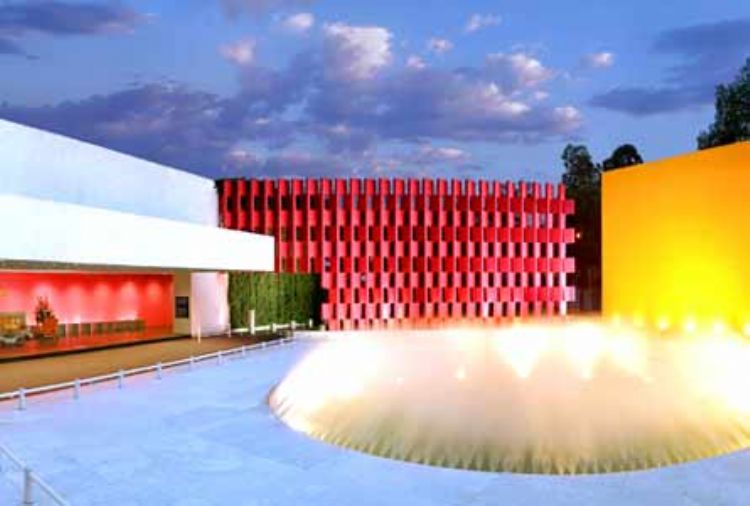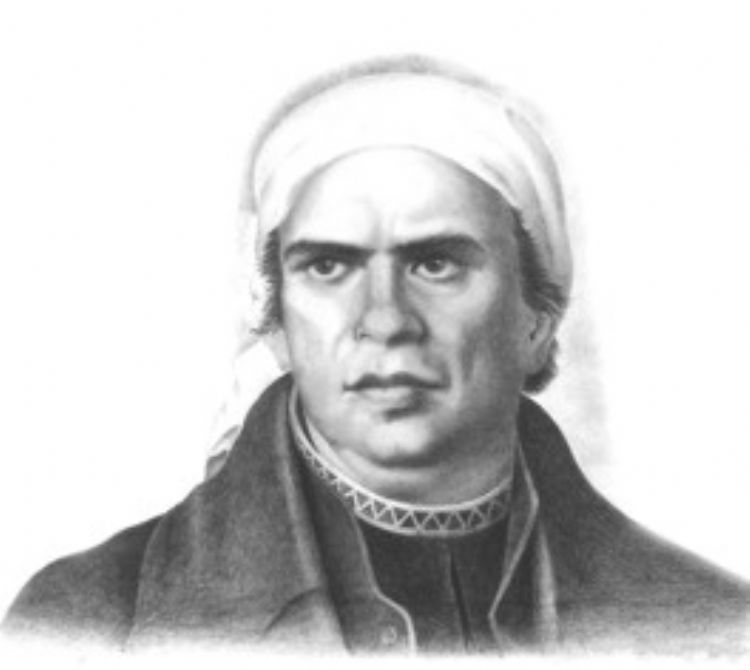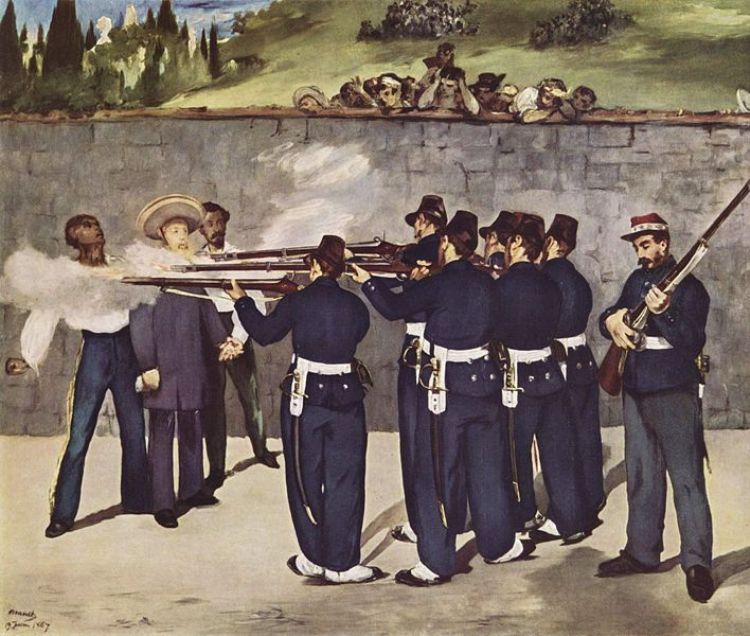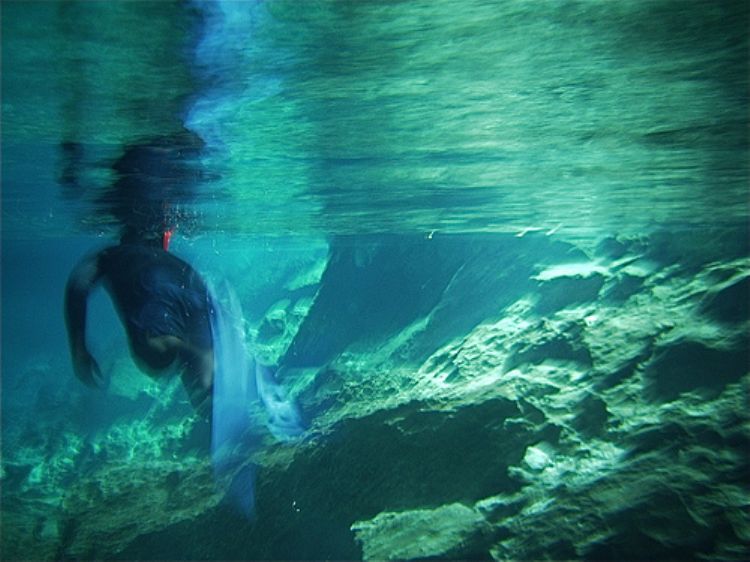Mexico's Best Architects

Luis Barragán was born in 1902 in Guadalajara, Jalisco. He was one of the most important architects of the 20th century and the only Mexican to earn the Pritzker Award, in 1980. His great influence on Mexican modernity is still evident and architects around the world continue studying his work. He combined a religious mysticism with his desires to rescue national roots, exalting beauty by integrating it with nature. With this philosophy in mind, he created massive constructions of thick walls and small openings, always using local textures and bright colors, using bodies of water with a special emphasis on gardens. En 1947, he built his own house fully expressing his architectural language, it was declared Human Heritage in 2004. In 1955 he restored the Capuchin Convent of Tlalpan and in 1957 he designed the Torres de Satélite urban sculpture project. He reached worldwide fame in 1976 through the exhibit âThe Architecture of Luis Barraganâ at the New York Museum of Modern Art, for which he was granted Mexicoâs National Architecture Award.
Juan OâGorman was born in Mexico City in 1905. The son of an Irish father and a Mexican mother, he graduated from the School of Architecture of the National University of Mexico. He adhered to a progressive socialism philosophy that he managed to reflect in all his building, producing the first examples of functionalist architecture in the country. Later on, disenchanted by functionalism, he temporarily abandoned architecture and dedicated himself to mural painting. At the beginning of the 1950âs, inspired by the work of Frank Lloyd Wright, he joined the organic architecture movement, integrating vernacular forms to structural modernist arrangements to create works with a high social and environmental value. Outstanding among his most celebrated works are the building of the Bank of Mexico, the urban design of Pedregal de San Angel, the house-study of Diego Rivera and Frida Kahlo and many elementary schools in Mexico City. He is recognized worldwide as a painter for having created the murals on the Central Library of UNAM, the murals of the National History Museum at Chapultepec and the Mexico Cityâs International Airport.
Mario Pani was born in 1911 in Mexico City, leaving an undeniable mark on the architectural innovations of the 20th century. His great inventiveness and conviction earned him an undisputable place in the countryâs history, building the first multi-family and the first satellite city of Mexico. Pani studied in Italy and France, with a bachelorâs degree on architecture from the National Visual Arts School of Paris. He founded the School of Architects of Mexico and the Arquitectura Magazine, published for more than 40 years with a great influence on Mexicoâs architecture. He is the author of a great part of Mexico Cityâs physiognomy, building the Campus of UNAM, the Urban Ensemble of Nonoalco Tlatelolco and the National Music Conservatory. Outstanding among his many buildings are the International Airport and Yacht Club of Acapulco, the Acero Bank of Nuevo León, the Venezuela Club of Caracas and the City Council of Nogales in Sonora. For his priceless contribution to Mexicoâs esthetic identity, he was granted the Grand Prize of the National Architecture Academy in 1984 and the National Arts Award in 1986, among many others.
Abraham Zabludovsky was born in 1924 in Mexico City and graduated from the National School of Architecture of the National University. His vast career in Mexico and abroad spans over more than 200 works, characterized by local traits in a language that values Mexican traditions with patios and doorways that integrate the structure into the urban space. Outstanding among his great number of works are the Cinco de Mayo Civic Center in Puebla; the Torres de Mixcoac Residences; Colegio de Mexico; Rufino Tamayo Contemporary Art Museum and the headquarters of INFONAVIT in Mexico City; as well as the City Theater of Aguascalientes and Mexicoâs Embassy in Brazil. His career is outstanding for having been Professor Emeritus and Founder of the National Architecture Academy; Honorary Member of The American Institute of Architects; Professor at the International Architecture Academy of Sofia in Bulgaria; Founding Member of the Art and Communication Center in Buenos Aires, Argentina; and having received the National Art Award in 1982; Gold Medal at the World Architecture Biennale in Sofia, Bulgaria; the Great Ex Aequo Prize at the Second International Architecture Biennale in Brazil; and the VITRUVIO Award for his contribution to Latin American architecture.
Ricardo Legorreta was born in Mexico City in 1931 and graduated from the School of Architecture of the National University of Mexico in 1952. His impressive use of color, light and texture are the pillars of his famous concept of space, integrating Mexican esthetics to the fundamentals of the designs he always expresses on a monumental scale. Outstanding among his best known works are the Camino Real hotels in Mexico City, Cancun and Ixtapa; the Renault factory in Torreón; Televisaâs headquarters and Papalote Childrenâs Museum in Mexico City; the Contemporary Art Museum MARCO in Monterrey and the remodeling of Chapultepec Zoo. He has also made an enormous contribution to world architecture, designing the Discovery Museum of California, the Main Library of San Antonio in Texas, the Visual Arts Center in New Mexico, the Metropolitan Cathedral of Managua in Nicaragua and the Sheraton Hotel in Bilbao, Spain. He is currently working for projects in Costa Rica, Hawaii and Chicago. He was granted the Visual Arts Award and is permanent advisor to the Ministry of Art and Culture in Mexico.
Article Produced by Explorando Mexico Editorial Team.
Copyright Explorando Mexico. All Rights Reserved.
Photo: Splendia






